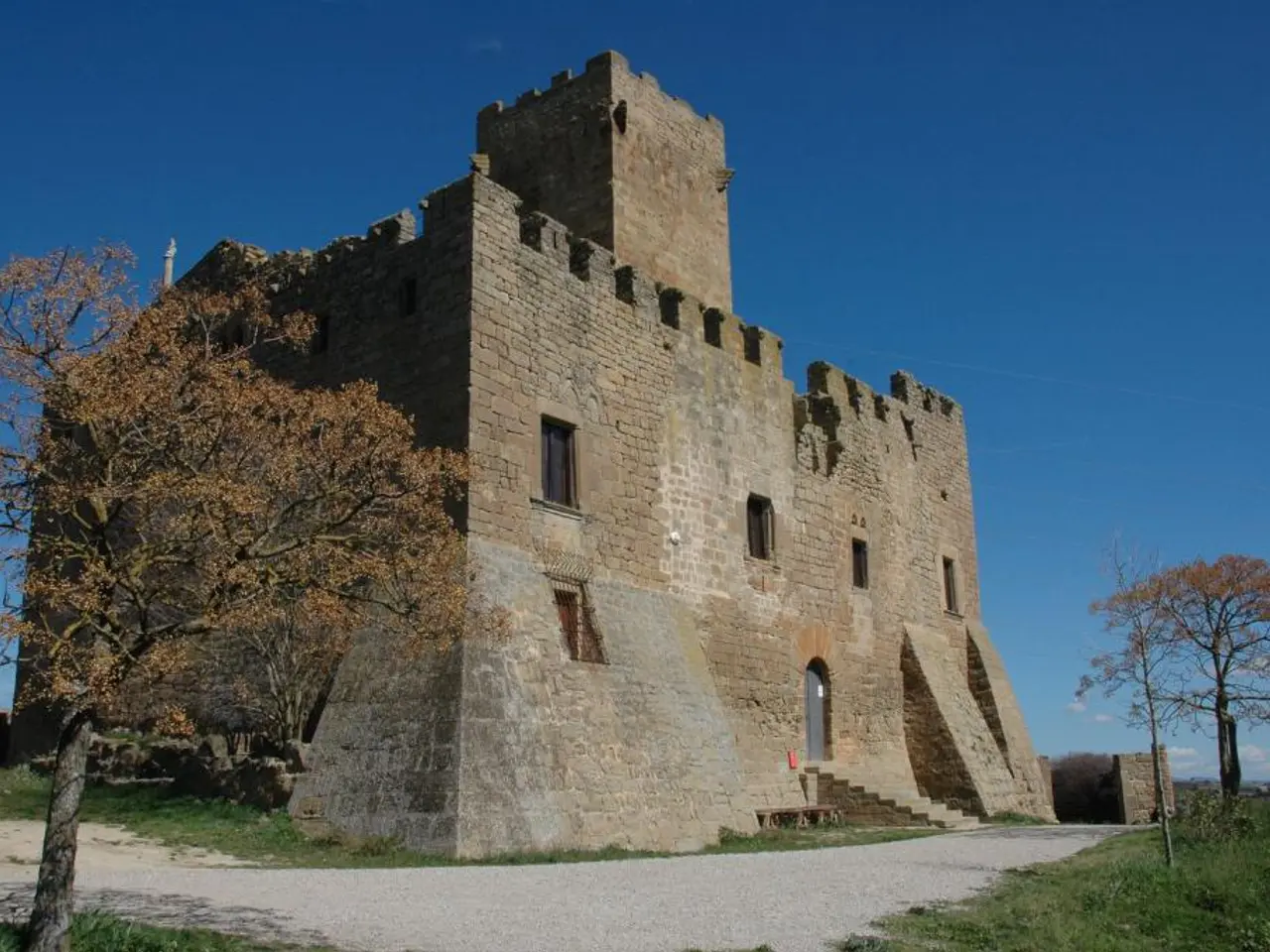Christmas Day in 1066 marked the coronation of William of Normandy, a significant event in English history.
In the year 1066, William the Conqueror, Duke of Normandy, marked a significant turning point in English history with his victory over Harold Godwinson, the last Anglo-Saxon King of England, at the Battle of Hastings. This triumph paved the way for William to claim the throne, as it had been promised to him by Edward the Confessor.
Shortly after quelling his last viable rival, Edgar Ætheling, Edward's great nephew, William made his way to London to assert his control over England. One of the earliest symbols of his reign was the Tower of London, initially erected quickly for defense. The beginnings of this iconic fortress were built in timber, and it would later be replaced with stone in 1078, marking the construction of the White Tower.
The White Tower, a part of the Tower of London, is one of the oldest and most famous fortresses in the world. It stands as a testament to William's focus on fortification, with around 500 castles raised across England and Wales during his reign by the time of his death in 1087. The Tower of London, in particular, was one of the legacies of William's reign, constructed almost immediately after he came to power.
On Christmas Day 1066, William was crowned in Westminster Abbey. The coronation ceremony used both Saxon and Norman rites to symbolize William's Norman heritage and promote unity. However, contrary to popular belief, there is no evidence that any bishops spoke both English and French during the ceremony. At that time, Old English and Norman French were distinct languages, and the clergy predominantly spoke Latin. The coronation was conducted in Latin without known bilingual bishop speeches.
During the coronation, the crowd was asked if they accepted William as their new king. Upon hearing cheers of affirmation from the crowd, William's guards mistook them for an assassination attempt, leading to riots and the evacuation of spectators from the church. Despite this disruption, the coronation was completed alone by William and the clergy.
The modern-day White Tower, a symbol of William's reign, was not the only castle built during his time. The castle building during William's reign was extensive, with numerous castles constructed across England and Wales. The White Tower, initially built as a defensive structure, would become a significant symbol of William's rule and a lasting architectural legacy.
In conclusion, the Tower of London, and specifically the White Tower, stands as a testament to William the Conqueror's reign. Its construction marked the beginning of a new era in English history, one characterized by significant castle building and a focus on fortification. The White Tower, with its rich history and enduring presence, continues to be a symbol of Norman England's impact on the British Isles.







